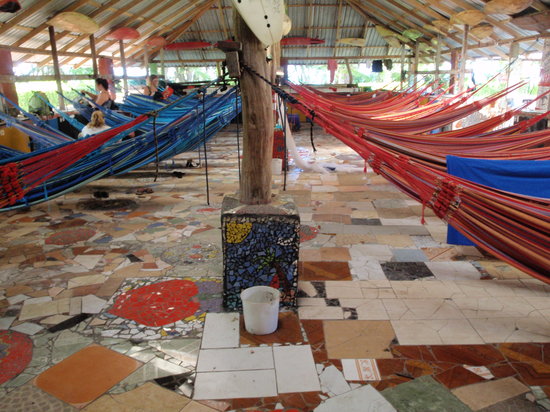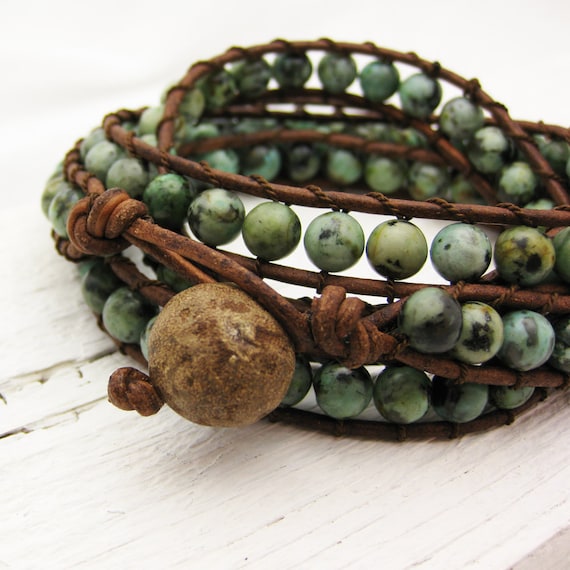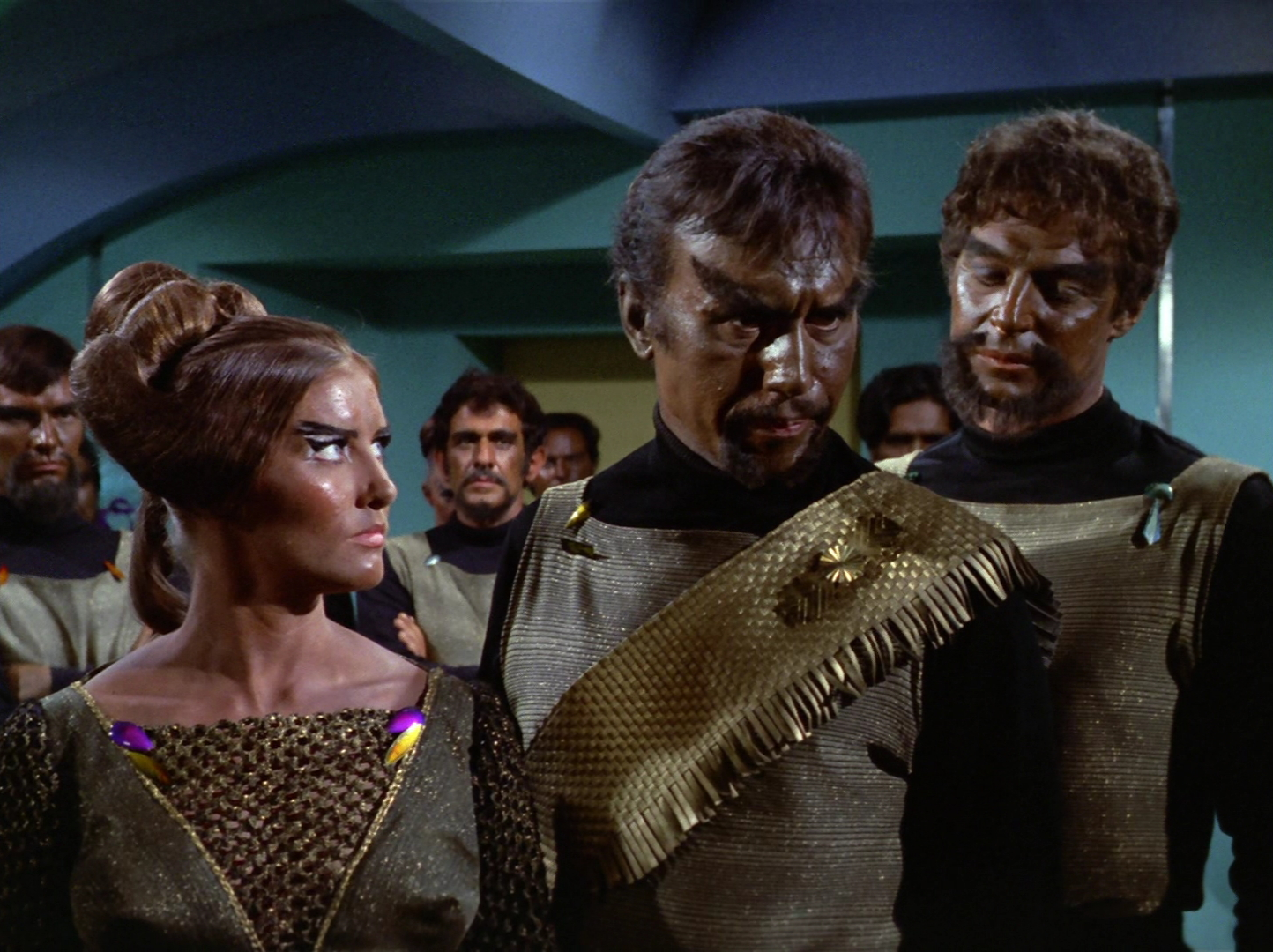Diversity is important for me. A banal statement, coming from a heterosexual cisgender white woman, but I have enough empathy to know that feeling underrepresented and invisible sucks. Not only does it suck but it reinforces all kinds of shitty "-ist" paradigms. I guess it comes out of my experience of being fat?
Back in 2009 (or maybe even longer ago), I decided to embark on the 101 Things in 1001 Days project. I think lists are a great way to push yourself to accomplishing things that are important to you; at the very least they keep you from being bored. One of the items on my first list, which is also on my second list because I didn't finish it, was to read every book on the TIME Top 100 Novels of the 20th Century list.
There are about 17 women on that list. About 9 or 10 of the writers are POC. The overlap of women and color on that list is even smaller: 3. (They are Toni Morrison, Zora Neale Hurston, and Zadie Smith. Yes, not even the late, celebrated Maya Angelou made the cut. Is I Know Why the Caged Bird Sings too autobiographical to qualify?)
At some point during the list I started to notice the Old White Dude theme and so I decided to try to mix it up a bit. Here is my altered list, which I don't think I've shared on this blog before:
4. An American Tragedy, Theodore Dreiser
6. Appointment in Samarra, John O'Hara
7. Are You There God? It's Me, Margaret, Judy Blume
8. The Assistant, Bernard Malamud
9. At Swim-Two-Birds, Flann O'Brien
10. Atonement, Ian McEwan
11. Beloved, Toni Morrison
12. The Berlin Stories, Christopher Isherwood
14. The Handmaid's Tale, Margaret Atwood
15. Blood Meridian, Cormac McCarthy
16. Brideshead Revisited, Evelyn Waugh
17. The Bridge of San Luis Rey, Thornton Wilder
18. Call It Sleep, Henry Roth
20. The Catcher in the Rye, J.D. Salinger
17 / 20
21. A Clockwork Orange, Anthony Burgess
23. The Corrections, Jonathan Franzen
24. The Crying of Lot 49, Thomas Pynchon
25. Cry, the Beloved Country, Alan Patton
26. The Day of the Locust, Nathanael West
28. A Death in the Family, James Agee
29. The Death of the Heart, Elizabeth Bowen
30. Deliverance, James Dickey
31. Dog Soldiers, Robert Stone
32. Falconer, John Cheever
33. The French Lieutenant's Woman, John Fowles
35. Go Tell it on the Mountain, James Baldwin
37. The Grapes of Wrath, John Steinbeck
38. Please Look After Mother, Shin Kyung-sook
39. The Great Gatsby, F. Scott Fitzgerald
40. The Jungle, Upton Sinclair
12 / 20
42. Native Speaker, Lee Chang-rae
43. The Namesake, Jhumpa Lahiri
44. Housekeeping, Marilynne Robinson
48. Invisible Man, Ralph Ellison
49. Light in August, William Faulkner
50. The Lion, The Witch and the Wardrobe, C.S. Lewis
51. Lolita, Vladimir Nabokov
52. Lord of the Flies, William Golding
53. The Lord of the Rings, J.R.R. Tolkien
54. Kokoro, Soseki Natsumi
55. Lucky Jim, Kingsley Amis
56. The Man Who Loved Children, Christina Stead
58. Money, Martin Amis
 59. The Moviegoer, Walker Percy
59. The Moviegoer, Walker Percy17 / 20
62. Name of the Rose, Umberto Eco
63. Native Son, Richard Wright
65. Never Let Me Go, Kazuo Ishiguro
66. 1984, George Orwell
67. On the Road, Jack Kerouac
68. One Flew Over the Cuckoo's Nest, Ken Kesey
69. The Painted Bird, Jerzy Kosinski
70. The Buddha of Suburbia, Hanif Kureishi
72. Play It As It Lays, Joan Didion
73. Farewell to Manzanar, Jeanne Wakatsuki Houston
77. Ragtime, E.L. Doctorow
79. Red Harvest, Dashiell Hammett
15 / 20
82. Slaughterhouse-Five, Kurt Vonnegut
83. Snow Crash, Neal Stephenson
84. Possession, AS Byatt
86. Your Republic is Calling You, Kim Young-ha
87. The Spy Who Came in From the Cold, John le Carre
88. The Sun Also Rises, Ernest Hemingway
89. Their Eyes Were Watching God, Zora Neale Hurston
90. Things Fall Apart, Chinua Achebe
91. To Kill a Mockingbird, Harper Lee
92. Sons and Lovers, D. H. Lawrence
93. Tropic of Cancer, Henry Miller
95. Under the Net, Iris Murdoch
96. Villa Incognito, Tom Robbins
97. Watchmen, Alan Moore & Dave Gibbons
98. White Noise, Don DeLillo
99. White Teeth, Zadie Smith
A Dance to the Music of Time
Gone With the Wind
Gravity's Rainbow
A Handful of Dust
The Heart of the Matter
Herzog
A House For Mr. Biswas
Loving
Pale Fire
Portnoy's Complaint
The Recognitions
The Sot-Weed Factor
The Sound and the Fury
The Sportswriter
To the Lighthouse
Under the Volcano
First and foremost, I decided to do away with any author repeats. The only repeat I kept was George Orwell, but even then I think before the end of this list I'll choose another book replace either Animal Farm or 1984. So that meant one book each by Saul Bellows, William Faulkner, Virginia Woolf, Philip Roth, Graham Greene, Vladimir Nabokov, Thomas Pynchon, and Evelyn Waugh got axed. I also deliberately took Gone With the Wind off the list because there is nothing more unappealing to me than the American Civil War (sorry).
How to fill those gaps? First, I chose highly-acclaimed work by (East) Asian authors, a continent I felt was poorly represented (minus India). Those books included Native Speaker, Please Look After Mother, Farewell to Manzanar, The Namesake, The Buddha of Suburbia, Kafka on the Shore, and Your Republic is Calling You. I also added books I wanted to read but hadn't yet, but were considered classics (Sons and Lovers, The Jungle), and one book I thought had been unfairly excluded (The Name of the Rose).
As my list went on, I read other books too. Once in a while I would read one that was really good, so good I was surprised it wasn't already on the list (Cry, The Beloved Country and The Good Earth spring to mind) and I would go over the list with a fine-toothed comb to figure out which title I wanted to remove for the sake of its inclusion. I guess I could have just added it to the list to make it 101 books or 102 books or so on, but I want to keep it at list of 100 books.
My new list has more, but still too few, women (24 instead of 17), writers of color (15 instead of 10), and women of color (6 instead of 3), and there are still huge gaps when it comes to other issues, but it's a start.
I go through all of this work and deliberately search for stories about and by people who aren't Old White Dudes because the stories we repeat and tell ourselves are important. It creates the bulk of the social reality around us. Physical reality things, like gravity and evolution, can't be manipulated or distorted—there is literally no escaping gravity, and natural selection goes on every day—but social reality things like stereotypes, social norms, and gender roles are malleable and can be altered. A large part of that alteration comes from being exposed to new stories, and new kinds of stories, and often. There is a hidden, truthful reality about race and gender and whatever else, but first we need to undo the stereotypes and preconceptions that prevents us from accepting them. I keep linking to this but it's still relevant: We Have Always Fought: Challenging the Women, Cattle and Slaves Narrative. This article only focuses on the representation of women but it works for just about any marginalized group.
The stories we tell create our paradigms. That has been made painfully apparent this past week. To insist otherwise is naive, and that's why diversity in fiction and media matters.



















